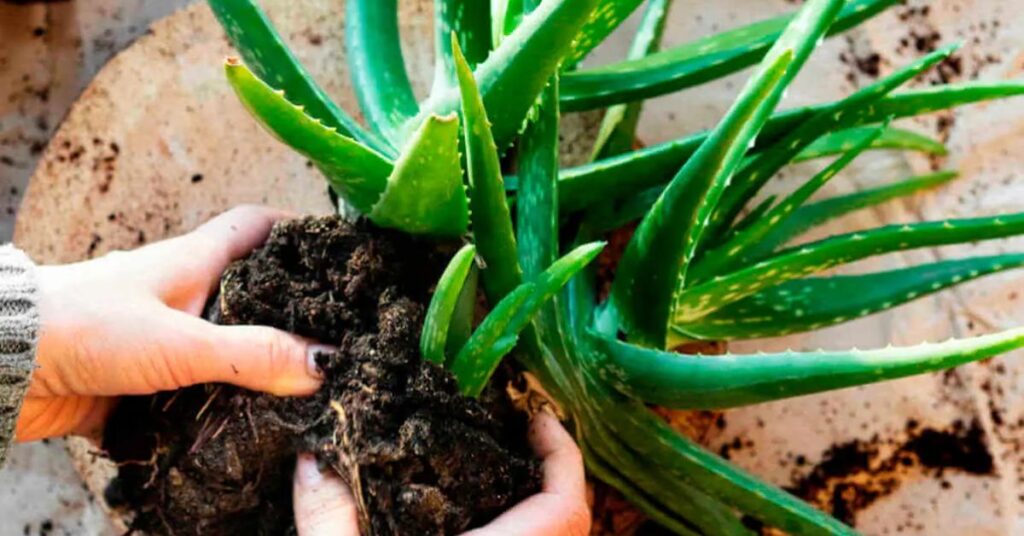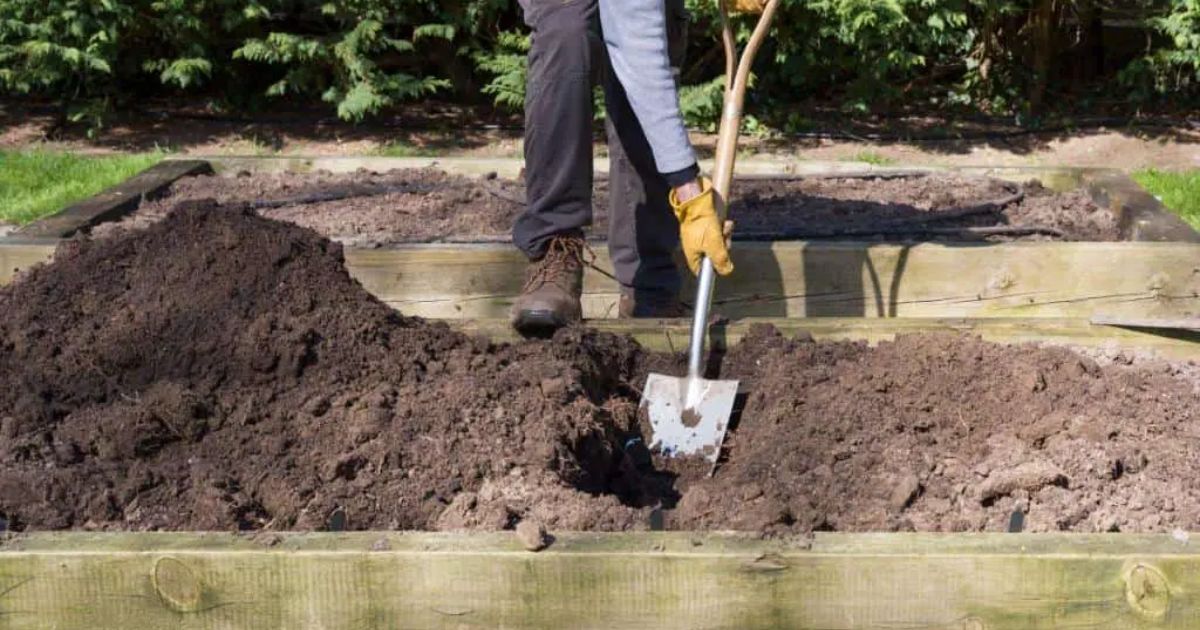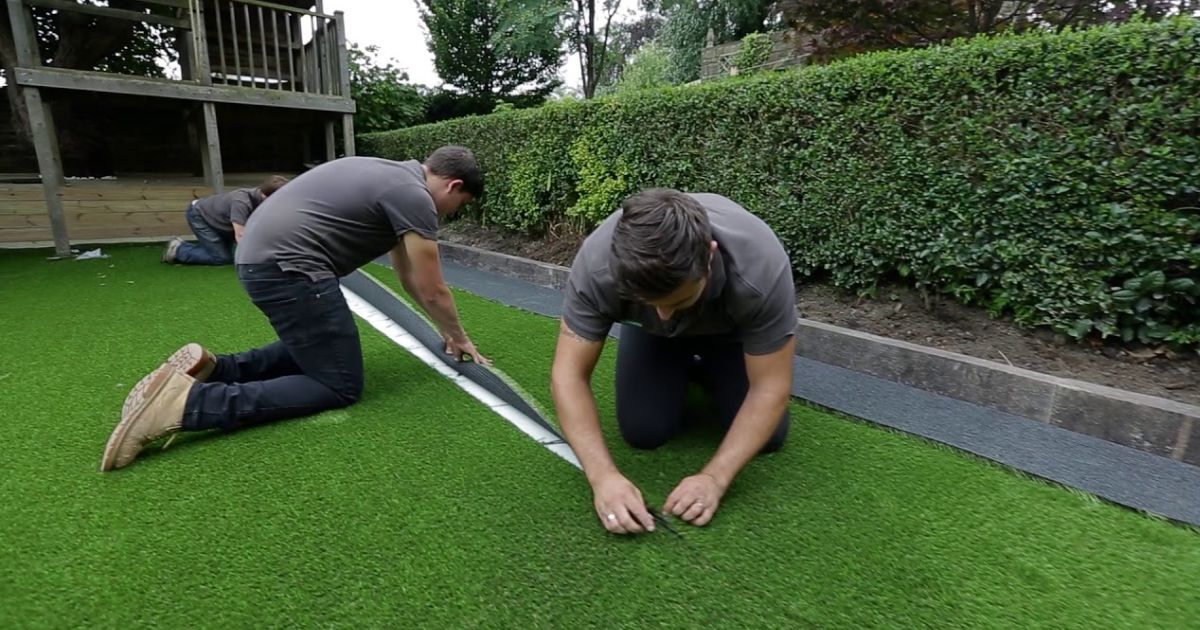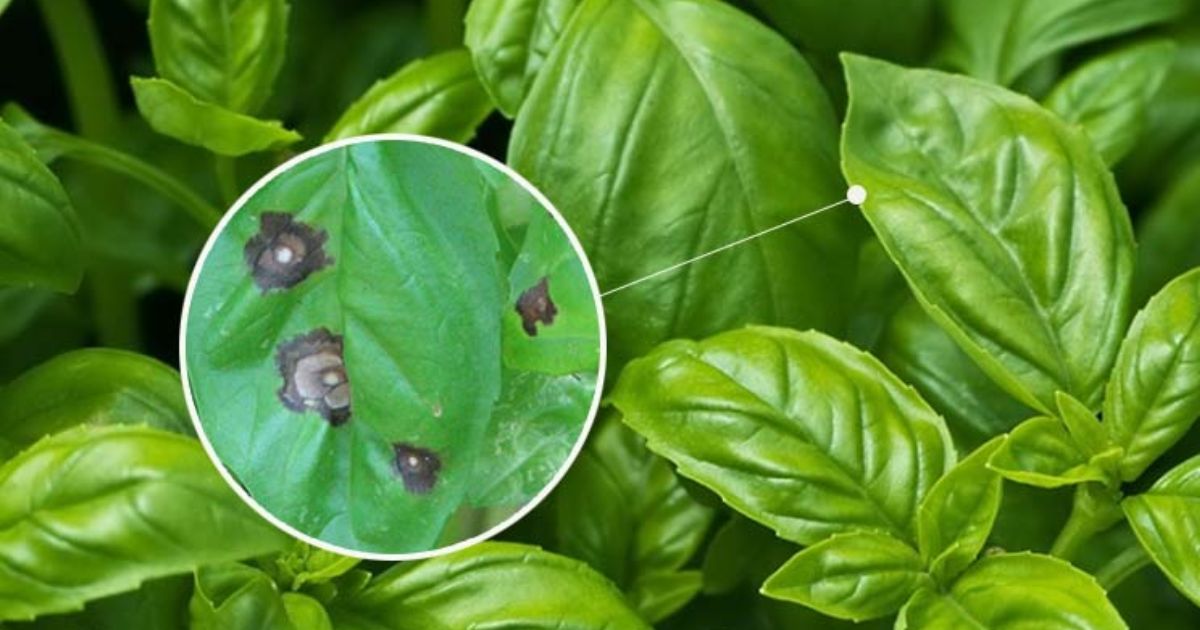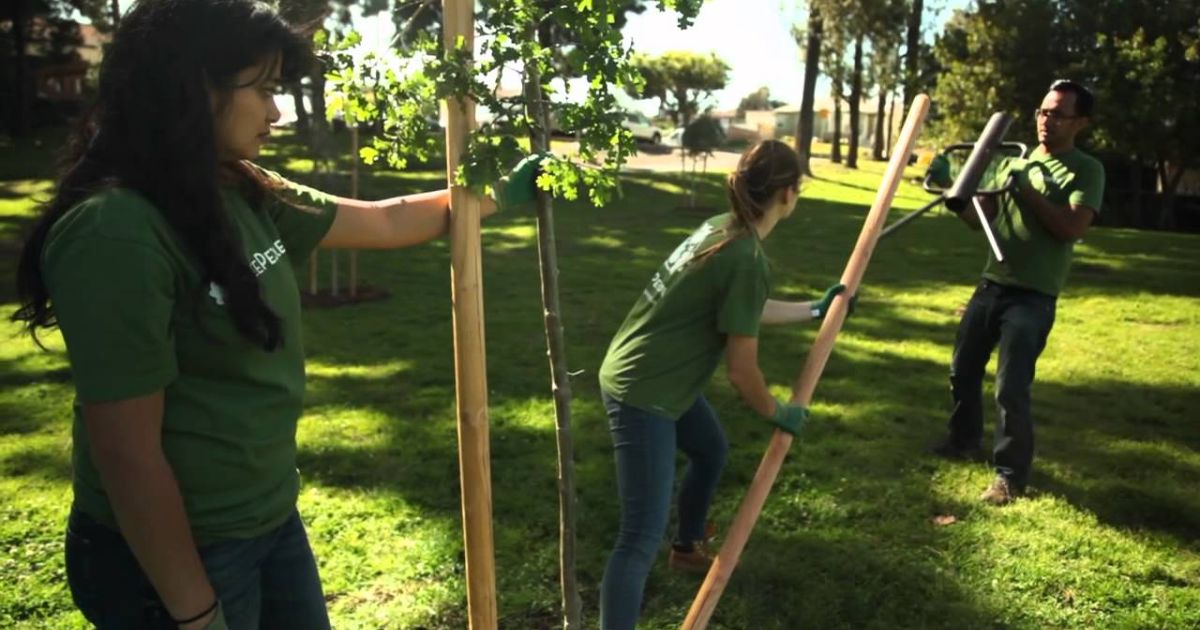Aloe vera is one of the easiest and most beneficial plants to grow at home. Known for its soothing gel, this succulent is widely used for skin care, treating burns, and improving indoor air quality. Beyond its health benefits, aloe vera is a low-maintenance plant that does well in various environments, making it ideal for experienced gardeners.In this blog post, we’ll guide you through everything you need to know about growing propagating aloe vera successfully. From choosing the right plant and providing the best care to harvesting its gel for personal use, you’ll learn all the essential tips to keep your Aloe Vera healthy and thriving. Let’s get started.
How to Get Aloe Vera Plant
Buy from a Local Nursery or Garden Center
- Visit a plant nursery or garden store near you.
- Check for a healthy spiky aloe vera plant with firm, green leaves and no signs of rot or pests.
Purchase Online
- Many online plant stores sell Aloe Vera, How to Grow a Ginger Plant including Amazon, Etsy, and dedicated garden websites.
- Look for reviews and ratings to ensure you get a quality plant.
Get from a Friend or Neighbor
- Aloe Vera produces “pups” (small baby plants) that can be separated and replanted.
- Ask someone who has Aloe Vera if they can share a pup with you.
Supermarkets and Home Improvement Stores
- Some grocery stores, like Walmart or Home Depot, sell pictures of aloe plants in the gardening section.
Grow from Seeds
- Whilecare of aloe vera plants is typically grown from pups, you can buy seeds online and grow the plant from scratch.
- This method takes longer but can be a fun gardening project.
Choosing the Right Aloe Vera Plant
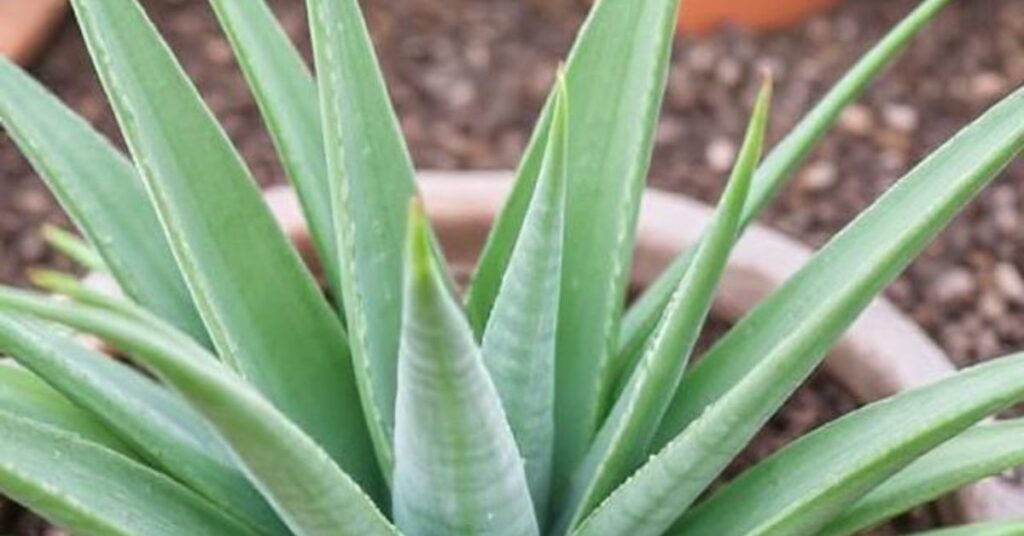
When selecting an repotting aloe vera, choosing a healthy and vigorous plant that will thrive in your home or garden is essential. aloe barbadensis plant for sale Here are some key factors to consider:
Select a Healthy Plant
- Look for thick, green leaves that are firm to the touch.
- Avoid plants with yellowing, brown spots, or wilted leaves, as these may indicate disease or poor health.
- Check the base of the plant for pups (baby Aloe Vera plants), which can be separated and grown separately.
Buy from a Trusted Source
- Visit a local nursery or garden center for high-quality plants.
- If buying online, choose reputable plant sellers with good customer reviews.
- Some grocery stores and home improvement stores also sell Aloe Vera plants.
Choose the Right Variety
- The most common type for home growing is Aloe Vera (Aloe barbadensis miller), known for its soothing gel.
- If you’re looking for ornamental growing aloe vera in arizona, consider Aloe aristata (Lace Aloe) or Aloe juvenna (Tiger Tooth Aloe).
Consider the Size of the Plant
- A small Aloe Vera plant is ideal for beginners and will grow over time.
- A larger plant is a good option if you want to use Aloe Vera gel sooner.
By selecting a healthy aloe vera propagation from cuttings from the right source, you set yourself up for successful growth and long-term benefits.
Benefits of Aloe Vera Plant
Aloe vera is an excellent plant for cleansing the air. It helps freshen your space while improving indoor air quality, perfect for promoting restful sleep. Beyond its air-cleansing abilities, aloe vera juice is known for its detoxifying properties, aiding overall wellness.Renowned for soothing sunburns, Aloe vera gel also works wonders in treating acne, minor cuts, scrapes, and insect stings, making it a versatile natural remedy.
Aloe Vera Plant Care Guide
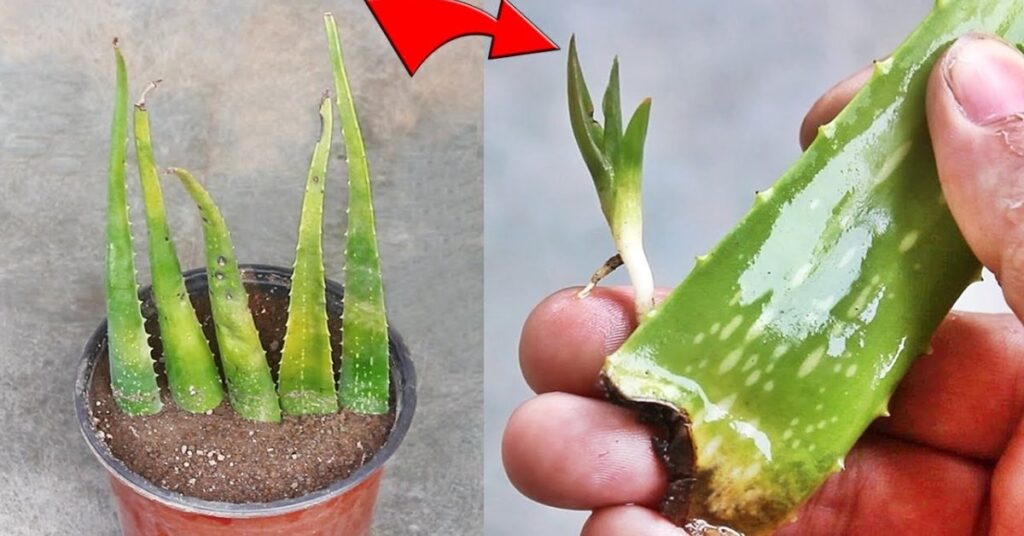
To keep your Aloe vera thriving, avoid overwatering—always Before watering again, let the soil entirely dry out. While fertilization isn’t necessary, you can apply a phosphorus-rich fertilizer once a year in the spring to encourage growth. Sunlight is also essential, as aloe plants thrive in hot, sunny environments. “The more heat and sun, the better,” says Stoffo.As a bonus, your Aloe may occasionally produce a tall stalk with small, bell-shaped flowers. Once the blooms fade, trim the stem at the base.
Varieties of Aloe Vera
With over 500 species, aloe plants fall into three main categories: tree aloes, shrub aloes, and stemless aloes. Fortunately, their care requirements are similar across varieties. Here are a few common types:
- Aloe vera – The most well-known variety, this stemless plant features thick, greenish leaves that grow outward from a central stem. Its leaves can reach 30 to 40 cm long, while the flower stalk may grow up to 90 cm tall.
- Aloe aristata – Recognizable by the white teeth along its leaf edges, this stemless succulent is not known for medicinal benefits and is toxic if ingested. Growing 8 to 12 inches tall, it’s an excellent choice for container gardening.
- Aloe polyphylla – Also called the spiral aloe, this striking plant has short leaves arranged in a mesmerizing spiral pattern. In the spring and summer, it produces red to salmon-pink flowers.
Aloe plants are excellent additions to any home or garden, whether for air purification, healing properties, or aesthetics.
How to Replant Aloe Vera
Replanting Aloe Vera is simple and helps keep your plant healthy as it grows. Follow these steps to successfully replant Aloe Vera:
Choose the Right Pot
- Select a container that is somewhat larger than the one you currently have so that the roots can spread out.
Prepare the Soil
- Use a well-draining soil mix, such as cactus or succulent soil.
- If using standard potting, add perlite or sand to increase drainage. soil.
Remove the Aloe Vera from Its Current Pot
- Gently loosen the soil around the plant.
- Carefully lift the plant out while avoiding damage to the roots.
- If your Aloe Vera has pups (baby plants), separate them for replanting.
Replant the Aloe Vera
- Cover the bottom of the new container with a layer of fresh soil.
- Position the Aloe Vera in the center and spread out the roots.
- Fill in with more soil, covering the roots but leaving the base of the plant above the soil line.
Let It Settle Before Watering
- Do not water immediately—wait 2–3 days to let the roots adjust and prevent rot.
- After this period, water lightly and ensure excess water drains out.
Place in the Right Environment
- After transplanting, leave the plant in bright, indirect sunshine for a few days.
- Avoid direct sun exposure at first to prevent stress.
By following these steps, Best Strawberry Types for Every your Aloe Vera will adjust well to its new pot and continue to thrive.
How to Water Aloe Vera Properly
Aloe Vera is a drought-tolerant plant that doesn’t need frequent watering. Overwatering is one of the biggest mistakes that can lead to root rot. Follow these steps to water Aloe Vera correctly:
Check the Soil Before Watering
- Always check if the top 2 inches of soil are completely dry before watering.
- Stick your finger into the soil—if it feels moist, wait a few more days.
- Use a moisture meter if you want a precise reading.
Use the Right Amount of Water
- Water the plant deeply but infrequently.
- To avoid rot, pour water straight into the soil, avoiding the leaves.
- Ensure excess water drains out of the pot’s drainage holes.
Follow a Proper Watering Schedule
- In summer (growing season): Water every 2–3 weeks.
- In winter (dormant season): Water once a month or less.
Choose the Right Watering Method
To prevent shocking the roots, use water that is at normal temperature.
- If you’re using tap water, leave it for a full day to get rid of the chlorine.
- Consider using rainwater or filtered water for healthier growth.
Watch for Signs of Overwatering or Underwatering
- Overwatering: Yellow, mushy leaves, How to Choose Deer Resistant Plants root rot, or a bad smell.
- Underwatering: Thin, dry, curling leaves.
By watering Aloe Vera the right way, you’ll keep it healthy and thriving for years.
Can I Put my Aloe plant Outside in the Summer
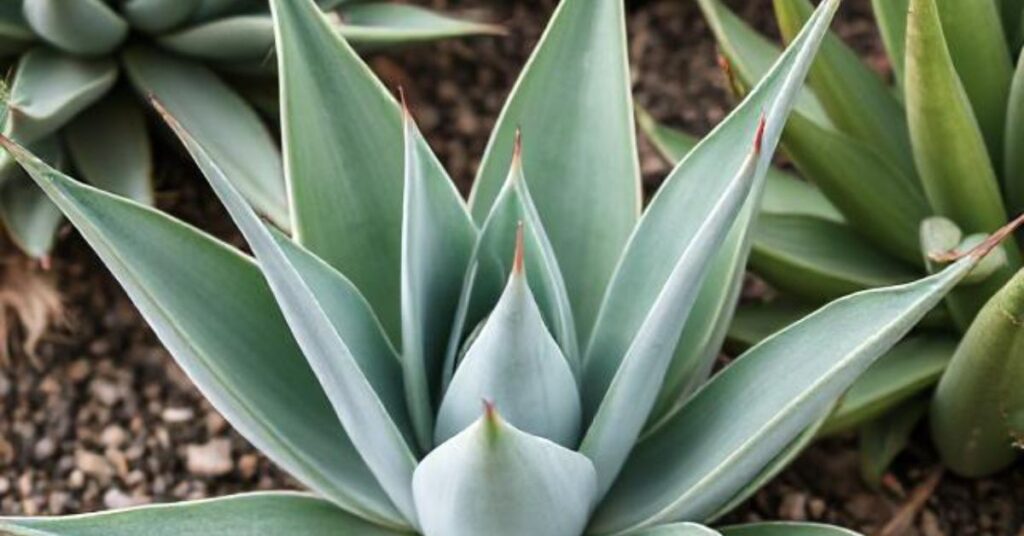
Yes! You can place your Aloe Vera plant outside in the summer, but there are a few essential things to keep in mind to keep it healthy and thriving.
Acclimate Your Aloe Vera to Outdoor Conditions
- If your Aloe Vera has been indoors, gradually introduce it to outdoor sunlight over a few days.
- Start by placing it in partial shade, then slowly move it to a sunnier spot.
Provide the Right Sunlight
- Aloe Vera loves sunlight, How to Grow Garlic: Planting but too much direct afternoon sun can cause sunburn (brown or white patches on leaves).
- The best spot is the morning sun with some afternoon shade.
Watch the Temperature
- Aloe Vera thrives between 60–80°F (15–27°C).
- If it drops below 50°F (10°C) at night, bring the temperature back inside.
Adjust Your Watering Schedule
- Outdoor Aloe plants dry out faster, so check the soil more often.
- Water deeply but infrequently, ensuring the soil is dry before watering again.
Protect from Rain and Pests
- If there will be a lot of rain, put your Aloe in a protected spot. Too much rain might cause root rot.
- Look for pests like mealybugs and aphids, particularly in humid environments.
Bring It Indoors Before Fall
- As temperatures drop, move your Aloe back inside before the first frost.
- Keep it in a sunny window to help it adjust.
By following these tips, Quick and Easy Ways to Ripen Tomatoes Indoors Without Sunlight your Aloe Vera can enjoy the summer sun while staying healthy aloe barbadensis plant for sale
How to Water Aloe Vera
Aloe vera is a tough, low-maintenance succulent, but that doesn’t mean you can ignore how you water it. The trick is simple: less is more. Aloe vera plants store water in their thick, fleshy leaves, so overwatering is one of the fastest ways to kill them.Water your aloe only until the soil’s top 1 to 2 inches is totally dry. Depending on your environment, this could mean watering every 2–4 weeks. It may need water more often during the hotter months, but never let the roots sit in water. Always use a pot with drainage holes and a well-draining soil mix to prevent root rot.
When you do water, give it a good soak until water drains from the bottom. Then, leave it alone and let the soil dry out before watering again. Avoid watering from the top onto the leaves; aim for the base of the plant.Keep in mind that fixing underwatering is simpler than fixing overwatering. If your aloe looks shrivelled, it probably needs a drink. But if it’s mushy or yellowing, you’ve gone too far. Keep it simple, observe your plant, and you’ll have a healthy aloe for years.
Conclusion
Aloe vera cultivation and maintenance are simple and rewarding. Whether you’re keeping it indoors or outside during the summer, providing the right conditions—well-draining soil, proper watering, and sufficient sunlight—will help your plant thrive. Avoid overwatering, protect it from extreme weather, Then take it inside before the temperature drops too much. Your aloe vera will grow beautifully with proper care and provide soothing gel for various uses. Start growing your aloe vera today and enjoy its many benefits.
FAQ
What makes aloe vera grow faster?
It’s also essential to ensure your aloe vera is getting enough sunlight. “Aloes grow in very hot environments. The more heat and sun, the better,” says Stoffo.
Can I grow aloe vera from a cutting?
It’s so easy to grow aloe vera. You just cut a piece off a plant, put the cut edge in a pot with some potting soil, and keep it watered. It will grow roots and new leaves. I’ve started several aloe vera plants this way.
Do aloe plants need sun?
You must place your Aloe in a window where it will receive at least six hours of sunlight daily.As it stretches, your succulent will begin to lose its lovely, compact shape if it doesn’t receive enough long-term, direct light. As the stem weakens, it can fall over.
How to start an aloe plant?
To ensure a clean cut, cut the leaf near the stem with a clean, sharp knife or pair of scissors. Give the leaf’s cut end a day or two to dry and develop a callus. Plant the leaf’s callused end in a potting mix that drains effectively, like the environmentally friendly potting soil from Rosy Soil.
Is sugar water suitable for aloe vera plants?
Sugar water can help revive wilted aloe vera plants. It provides a saturated supply of nutrients once a month at maximum. In short, if you use sugar water on a succulent, do so sparingly and only when it needs extra support.

